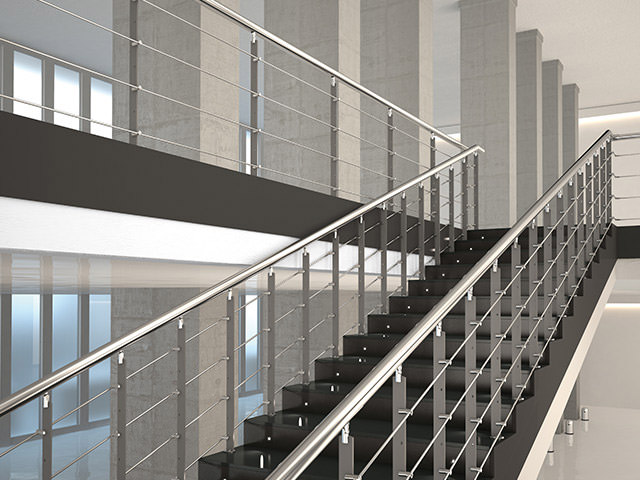
Zenith
Modernity and safety
Description
Zenith is a railing that gives a different shape to steel to create a product where safety and aesthetics merge into a piece of modern and functional furniture.
Top safety for private and public spaces
The primary objective of the steel railing Zenith is safety: materials, shape, design, and construction of posts and handrail have been conceived, designed and implemented to improve its safety performance to protect the people who use the staircase.
Even the design focuses on safety: compared to iron railings, in fact, Zenith is characterized by severe lines, both precise and essential, that elevate strength to an aesthetic value.
Because of this, Zenith is the ideal solution for private locations but also public places where the rules are more stringent and the demand for safety is greater.
Various finishes available
The posts that make up Zenith consist of a solid steel blade, both robust and durable, available in various finishes. The posts are connected by four rigid linkers, 12 mm diameter, in stainless steel with a satin finish. The handrail is available in wood (coordinated to the coating or the steps) or stainless steel for added strength.
Zenith is not a railing made only in stainless steel: it can be customized with different finishes ranging from paint with epoxy powders to AISI 304 stainless steel.
Great versatility in the setting up
The search for safety has not compromised the versatility of this modern railing. The hardware used in designing Zenith allows you to install it either on brickwork stairs, directly on the step or at the side of the floor, and on modular stairs. In the latter case, the anchoring is always to the side, on the stringer by means of a steel plate in the case of stairs with a side structure, and to the steps in case of stairs with a side structure.
Yet greater safety
Despite the safety performance of this railing for indoor stairs being high, Zenith can be customized with several accessories that increase its strength and hold. It is in fact possible to increase the number of linkers from 4 to 7, in order to increase the rigidity of the structure and decrease the space between a linker and the next below 10 cm. It is also possible to insert vertical linkers to create a kind of mesh.


